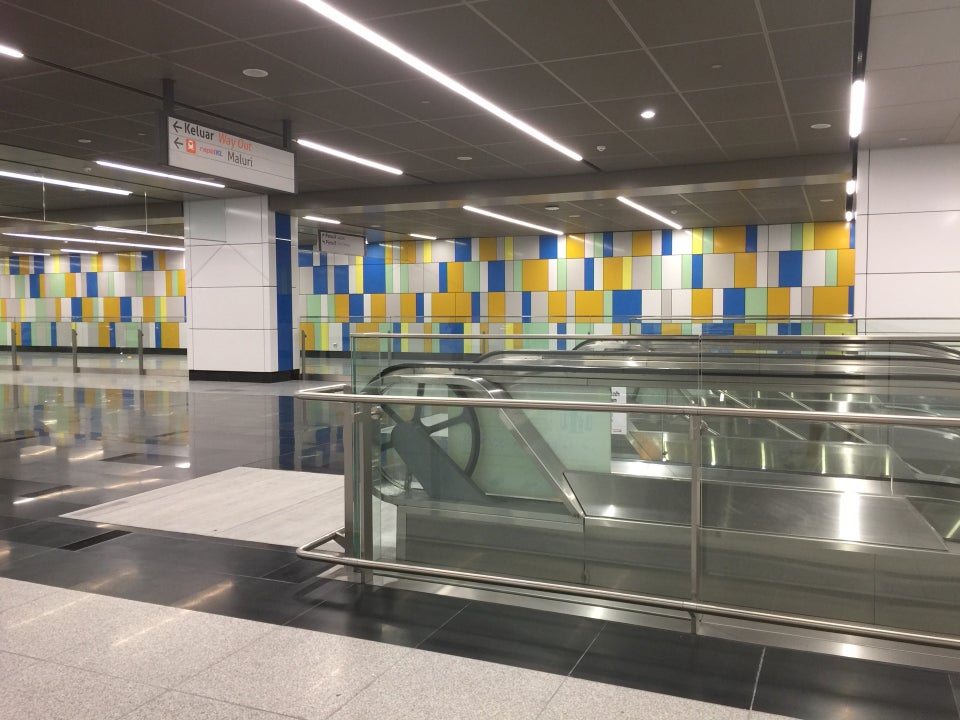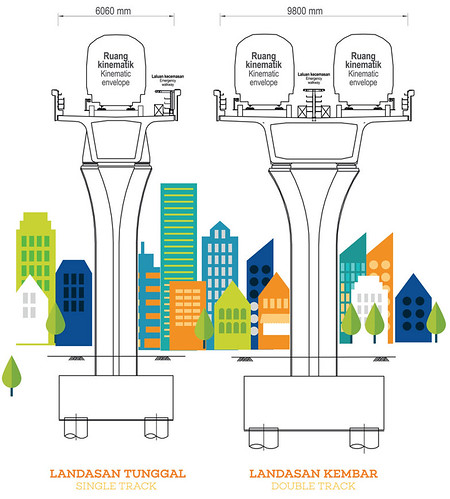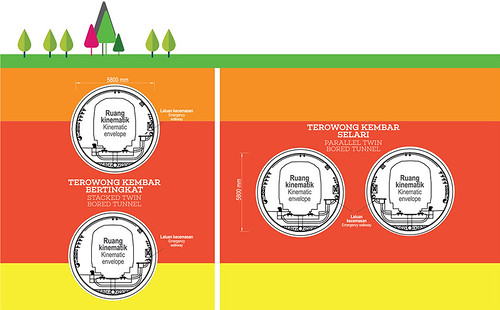15 companies have successfully bid for retail space at 19 elevated stations along the line. They were selected out of 49 companies.
Few retailer brands have make foray into new business environment including Family Mart, Watsons, Circle K, Noras Delight and Chatime.
MRT Corp is expecting an annual revenue of RM2.5 million (USD595,912) from the rental of retail spaces.
The table below is only for Phase 1 of SBK Line as at 15 December 2016.
| Station | Brand | Category |
| Sungai Buloh | Circle K | Convenience Store |
| Noras Delight | Food & Beverage | |
| Kampung Selamat | myNews.com | Convenience Store |
| Chatime | Food & Beverage | |
| Kwasa Sentral | Watson's | Pharmacy |
| 7-Eleven | Convenience Store | |
| Kota Damansara | Noras Delight | Food & Beverage |
| myNews.com | Convenience Store | |
| Surian | 7-Eleven | Convenience Store |
| Mutiara Damansara | myNews.com | Convenience Store |
| Bandar Utama | myNews.com | Convenience Store |
| Taman Tun Dr Ismail | Family Mart | Convenience Store |
| Pusat Bandar Damansara | Watson's | Pharmacy |
| 7-Eleven | Convenience Store | |
| Semantan | 7-Eleven | Convenience Store |
| Rotiboy | Food & Beverage |










